November 15, 2020
Martha O'Kennon
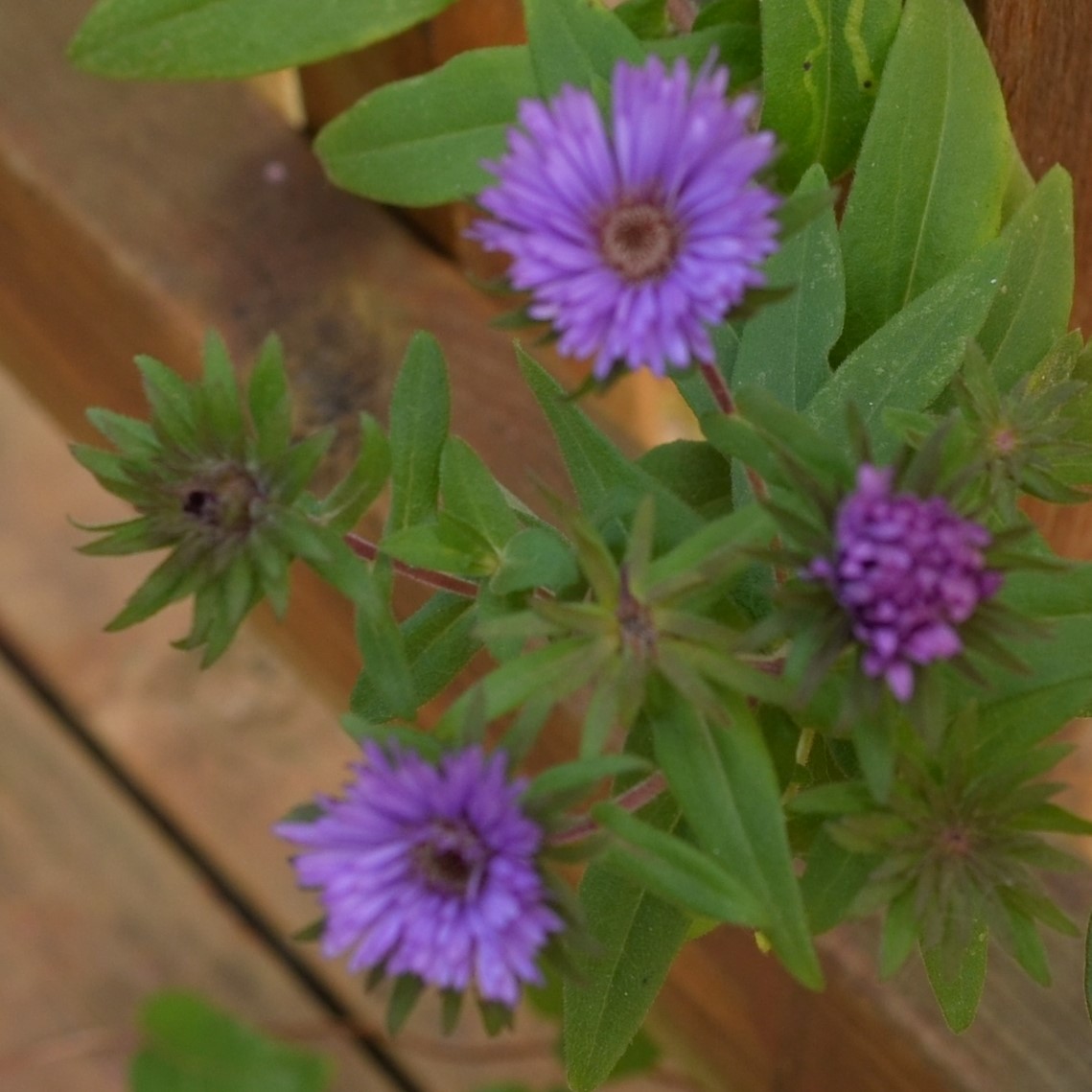
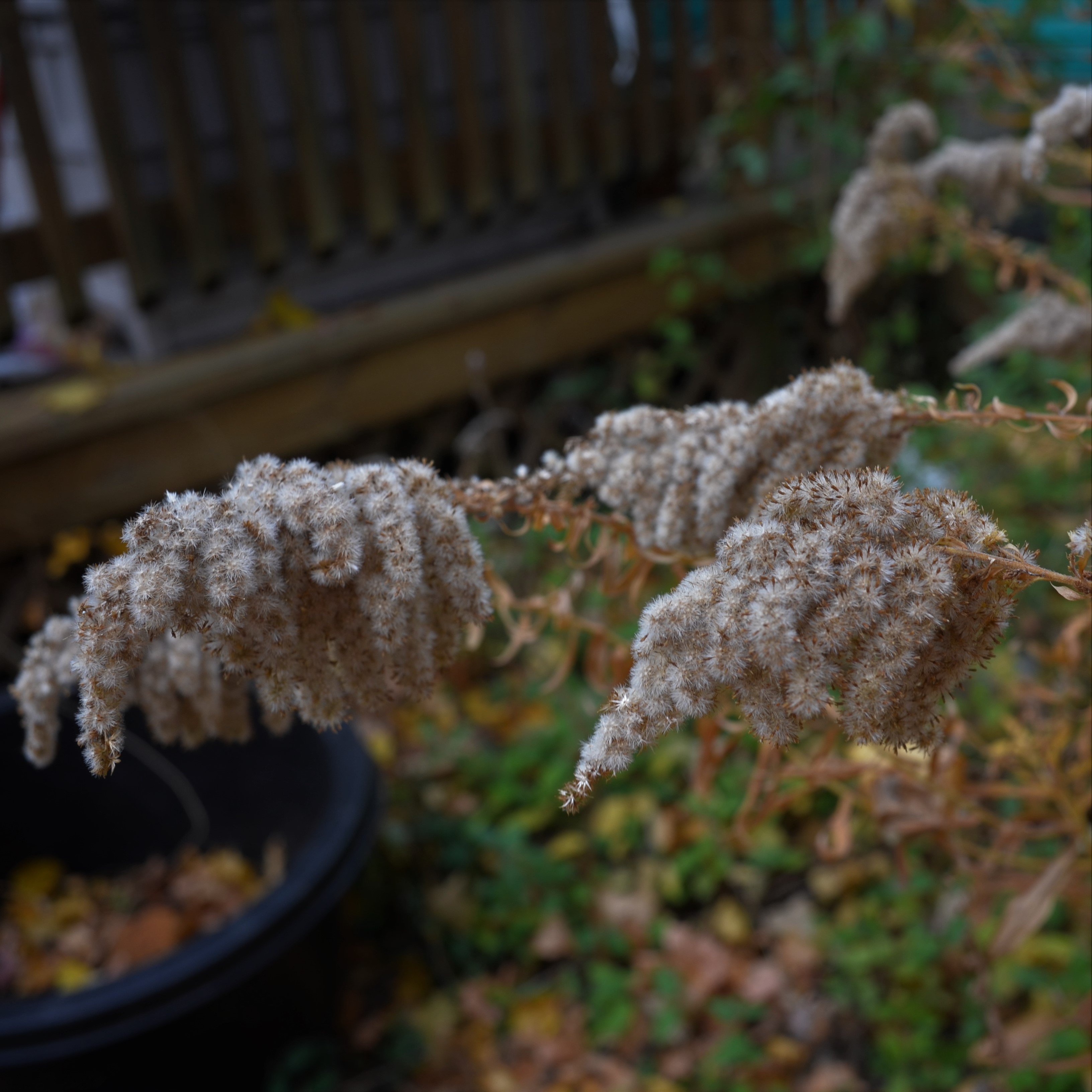
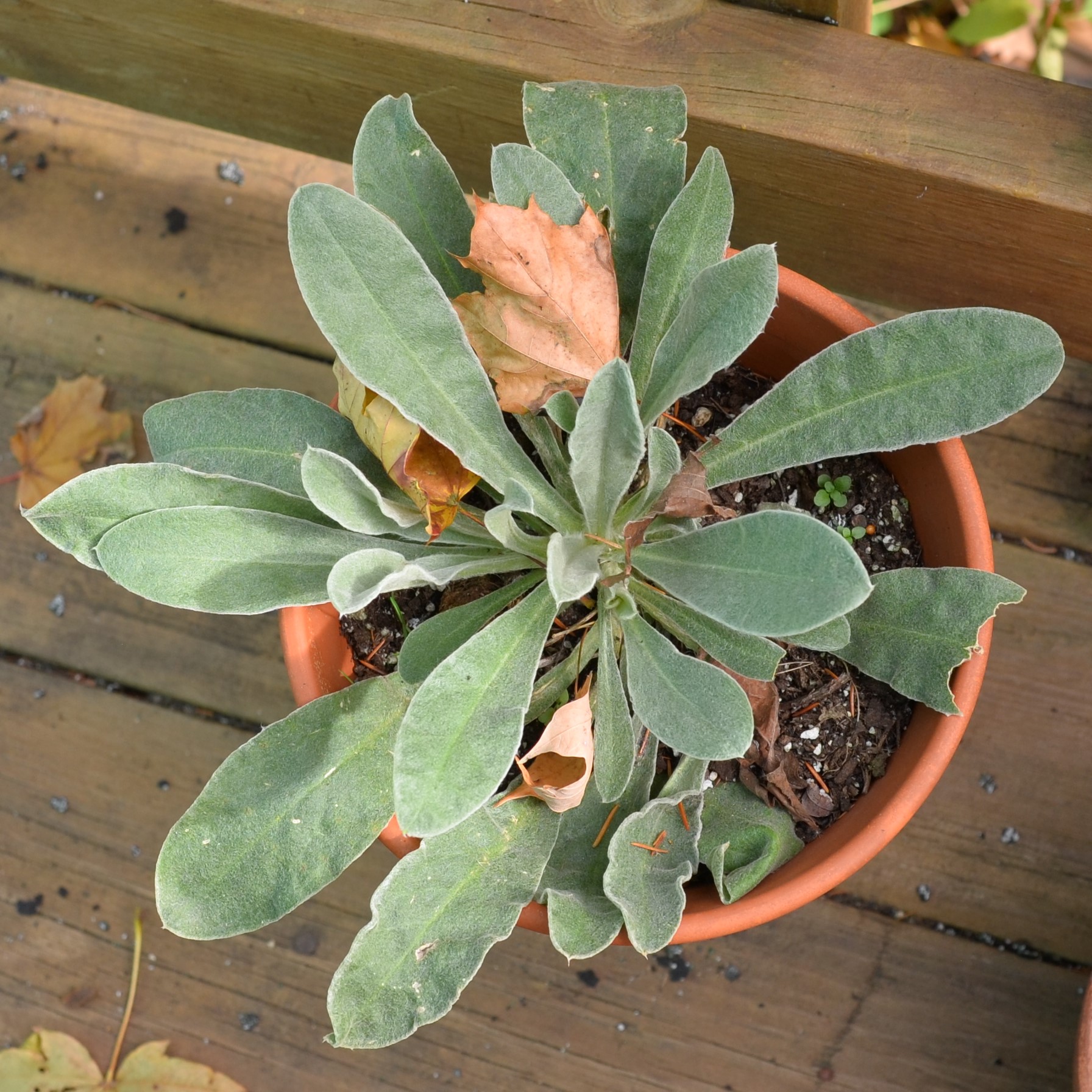
Here is the last view of the Asters that were so boldly blooming a few weeks ago. This one is in a protected spot on the rails around the deck, facing inward. Next, remember the glorious golden hues of the Goldenrod a few weeks back? Now it is all going to seed, and almost seems to be foreshadowing the snow we can expect soon. We've had a few tiny flakes but not enough to photograph. Third is a plant that I found under a lot of weeds. It's a Rose Campion. I've had it around for a long time. I remember when I gave it a ride out to Felpausch, as our Family Fare was called about 15-20 years ago. I'd been transplanting tiny plants from the plot where I had planted the seeds, and stopped for a while, setting the tray of RC onto the top of the car. Unlike many a soft drink, the tray rode fearlessly out to Felpausch and I saw it slide off the top when I hit the little hill only a few paces from the parking lot. My maternal instincts finally kicked in and I gathered up all but few little plants in their little peat pots, put them into the car and drove them home without the groceries I had meant to buy. So these are tough little buggers, and have apparently been living under the weeds for many many years without blooming. When I saw the plant this fall, I gathered it up and put it into a pot with native dirt. Let's see if some better mothering helps it along till next summer!
Remember that there is information in the name of the file for each image. You can see it by mousing over the image - look at the lower left of the screen. Or you can click on the image to get to the (usually) larger image. Then the info is displayed in the address line above. Sometimes the second click will actually display a different view of the original image.
The Small Honey Ants have still been busily walking, not running, up and down the Shop Siding. That is it for the Ants this week, but don't give up on the others yet. Instead, look at the quantity of Bagworms and other Casebearing creatures that are out there this year (picture 3). I've had a nice conversation with a person of handle @swhitebread on iNat, who observed that they weren't all Common Bagworms, as I had labeled them, but some sort of generic Casebearers.
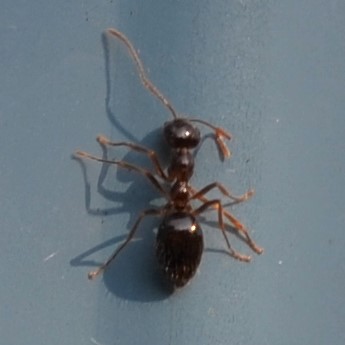
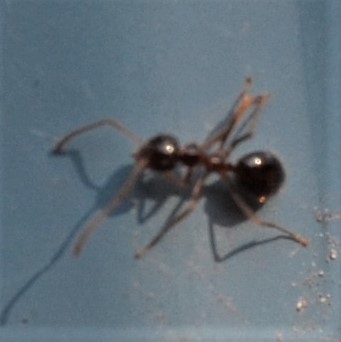
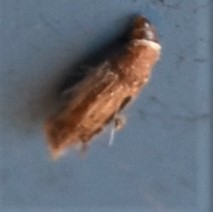
All right, here are more of the creatures I have been calling Bagworms. The first two I would now call Casebearers. Third is more like a Bagworm. It has been making a case out of tiny little sticks. This picture was taken in June!
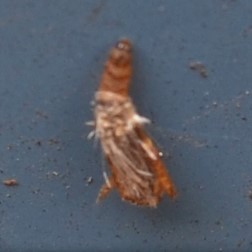
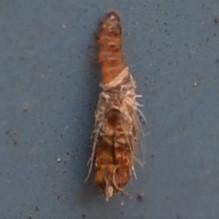
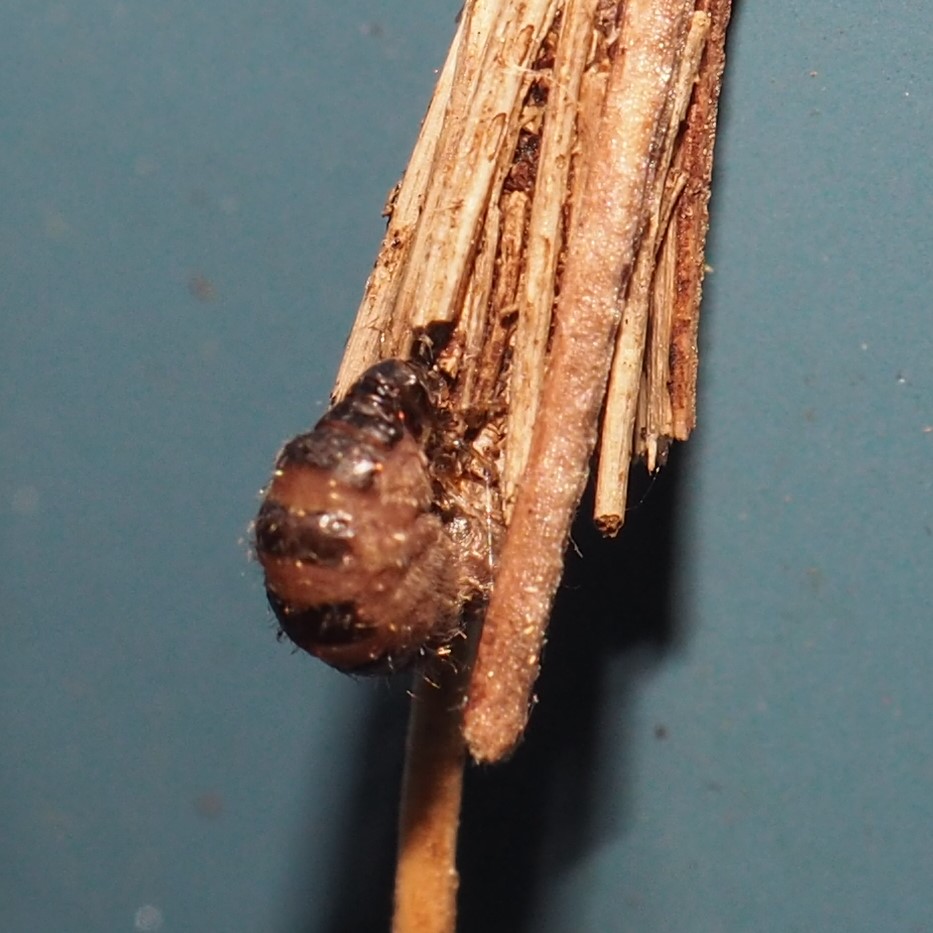
Now that we are up to the Barklice, let me crib a sentiment from last week - MOST of the Barklice seen this week are actually Graphopsocus cruciatus. Here are three of them who seem to have grown up together. Picture 2 was taken at the end of September, and shows a nymph. Third is a recent one, just hatched from the last nymphal stage, and fourth shows a clutch of eggs, like the ones the creature in picture 3 will be laying soon.
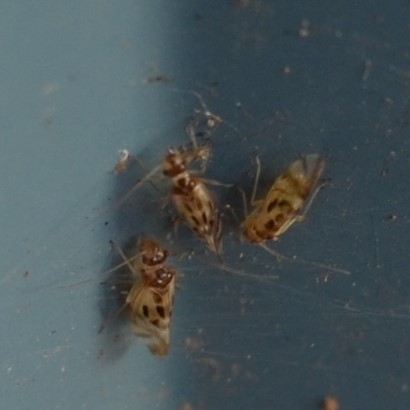
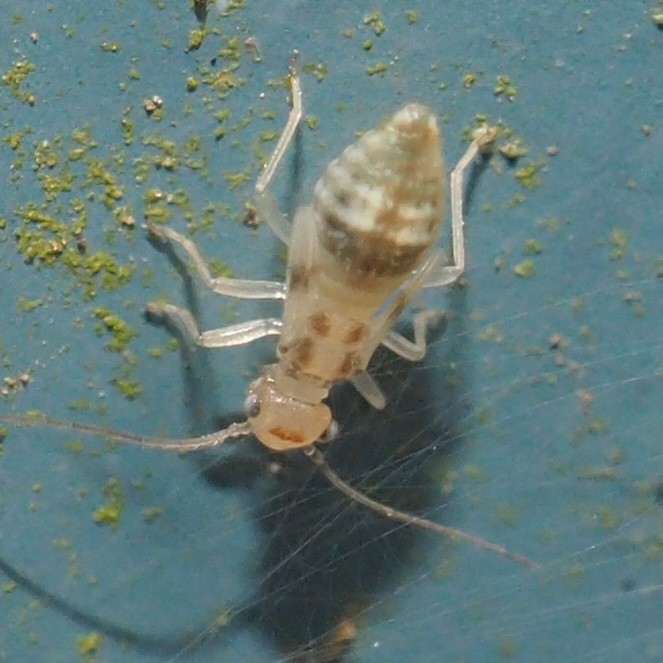
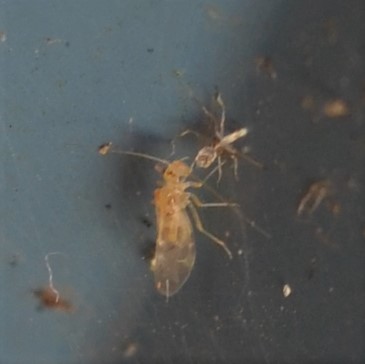
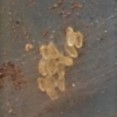
There WERE a few other species running very slowly out there. First is an old friend, Polypsocus corruptus. Then comes Valenzuela flavidus, a very blond Barklouse with red eyes. And finally an unnamed reddish-brown Lizard Barklouse. That's the same category as V. flavidus, that Lizard Barklouse bit.
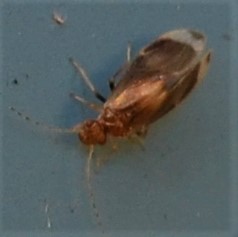
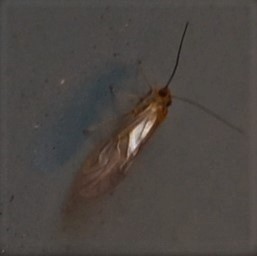
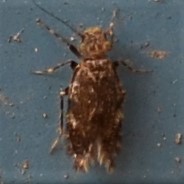
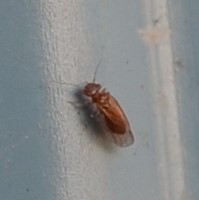
On to the Beetles. Make that Beetle, since I didn't see any other Beetles. This seems to be the reddish one that would seem perennial, except that I don't think ALL the reddish Beetles I see in a year are all the same Species. After a break, here's another Assassin Bug, Zelus tetracanthus. I would have said Z. luridus, except that Z. luridus has RED eyes. Third is another kind of Assassin, a Damsel Bug, this one being Nabis roseipennis, meaning it has red wings. Oops. Maybe at some stage they are red, which they aren't in this picture. Or maybe "rosei-" doesn't mean "red".
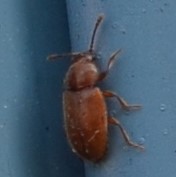
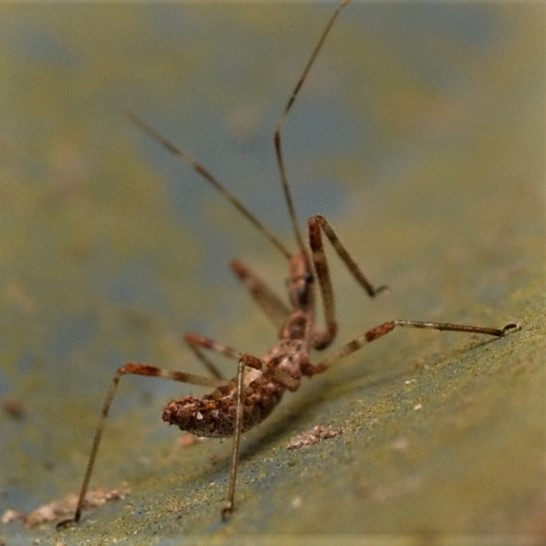
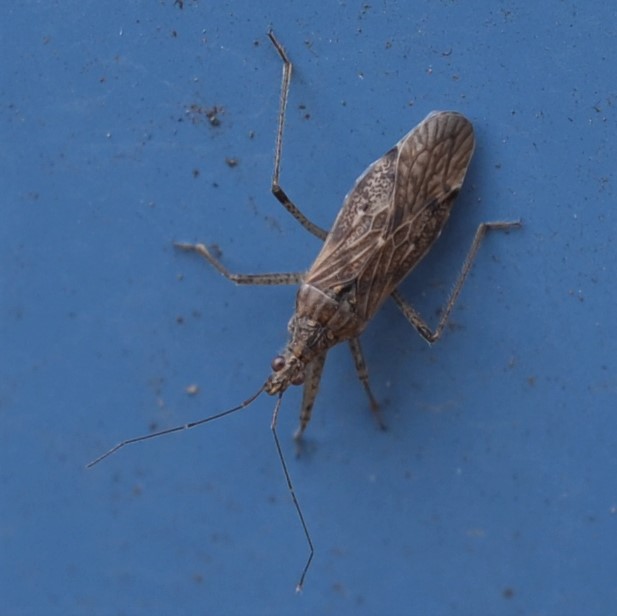
Before we go on to the leafhoppers, here are two bugs that I looked up as Stink Bugs, but they are actually called (pictures 1 and 2) Squash Bugs or Soldier Bugs. First and second are Horned Squash Bugs, and their family tree does NOT pass through Stink Bugs, while third is a Spined Soldier Bug, which IS a kind of Stink Bug. Pedants of the world, Arise!
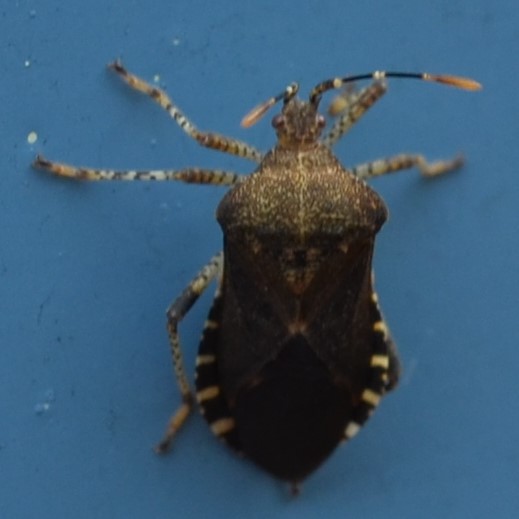
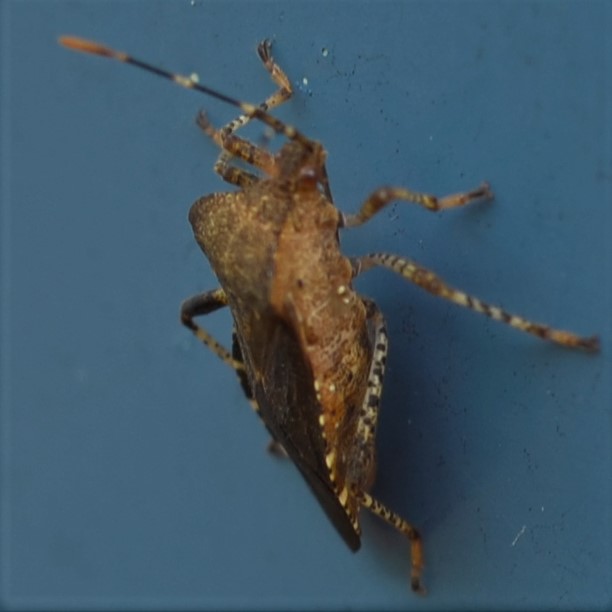
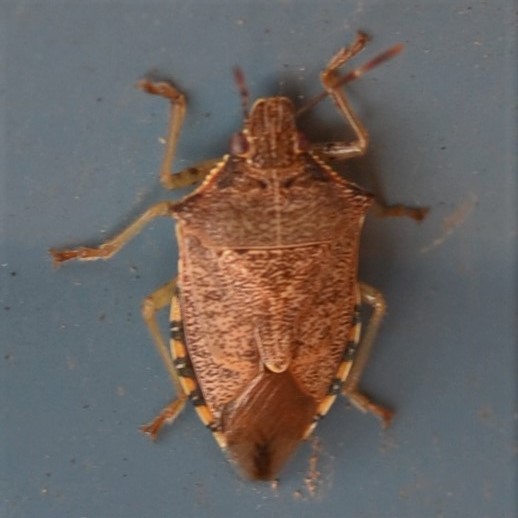
So let's look at the Leafhoppers. First is another of those Four-spotted Clover Leafhoppers, Agallia quadripunctata, which should be becoming an adult soon, as we have been seeing this nymph since October 1. Then a "Dotted" version of genus Eratoneura, and finally one of the Erythridula.
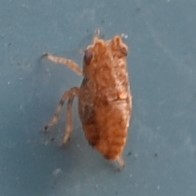
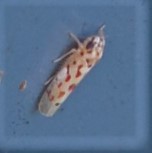
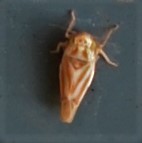
Perhaps you remember that biggish Leafhopper we saw last week, this first one. It is actually in the genus Eutettix. It surprised me because of how much bigger it was than the usual Leafhopper. Well, a few days ago, I found another one (pictures 2 and 3) that was just about the same size. But it has a genus name and also one for the species: Gyponana gladia. Thanks to Kyle Kittelberger for finding this one. I see one big difference in these two bugs. In G. gladia, only the back legs are spiky, but Eutettix's back and middle legs are both spiky.
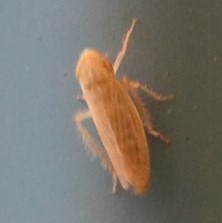
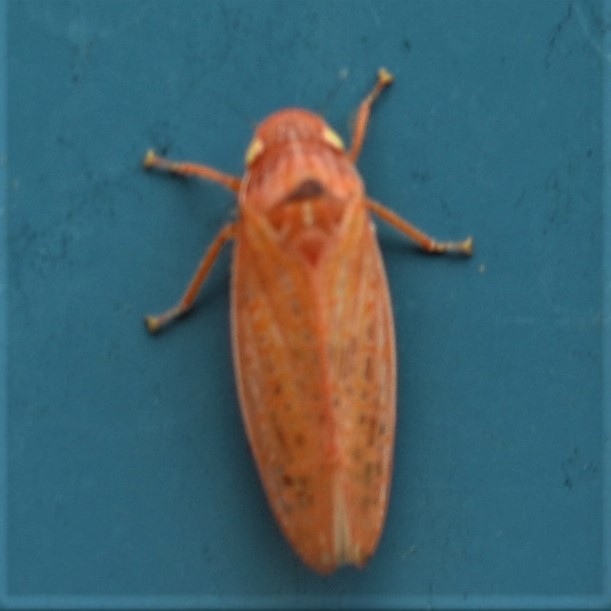
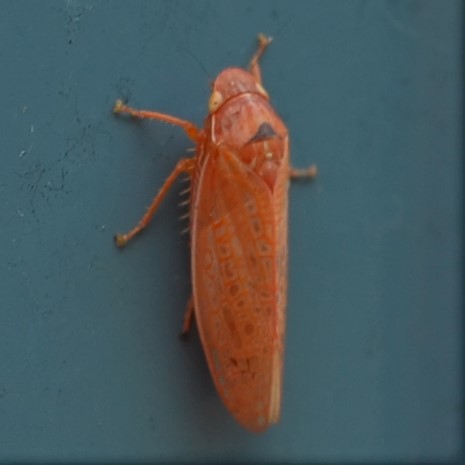
I only found one Bug that wasn't any of the above - it looks as if I had also seen it before. Aha, it was on September 26, while I had my good camera. Second here is what I got with the little Nikon. I tried looking it up and thought the Insidious Plant Bug looked good, and then searched my pictures on iNat, and sure enough it had been identified by @Jeanfrancoisroch, who is a really good Entomologist from Quebec.
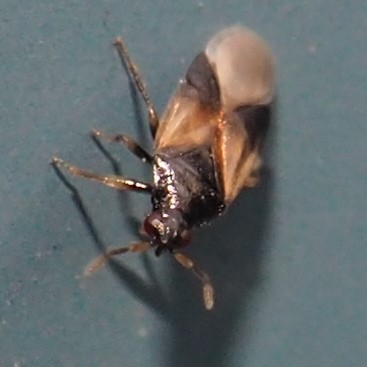

And now we are almost into the Flies, but I do have a few Fish pictures in their deep new pond. I've pulled back the leaf net so you can see the Fishes snapping up their deluxe fish food. Is that food made for fish or food containing fish? Mebbe don't ask! You can see on the right the reflection of a tall Norway Maple Tree, always the last to drop its leaves in the fall. One week later that tree is bare, and I'm about to go out and take off the net, though come to think of it, loose leaves are bound to blow back into the pond.
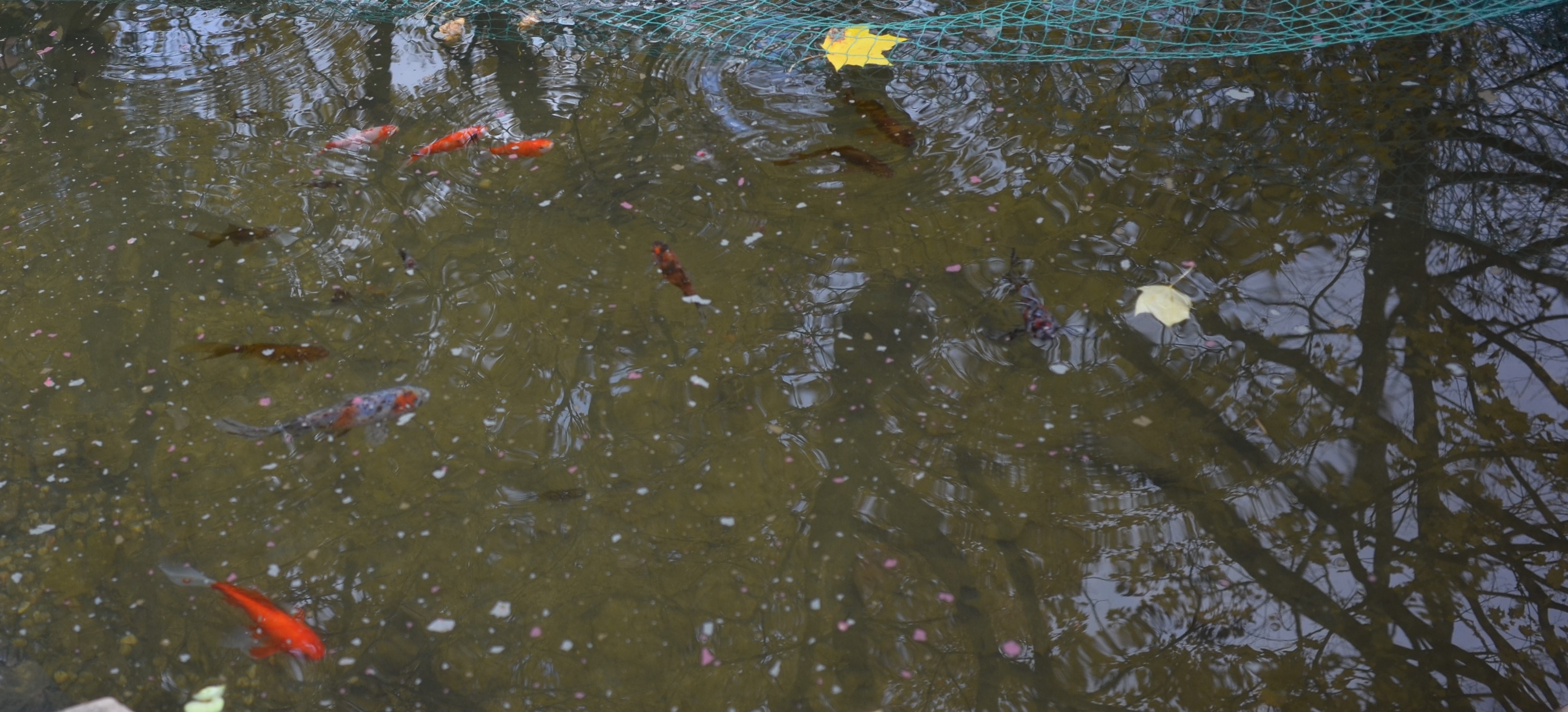
Here are a few Crane Flies. There are so many kinds and so many resemblances that it is very hard to separate them from each other.
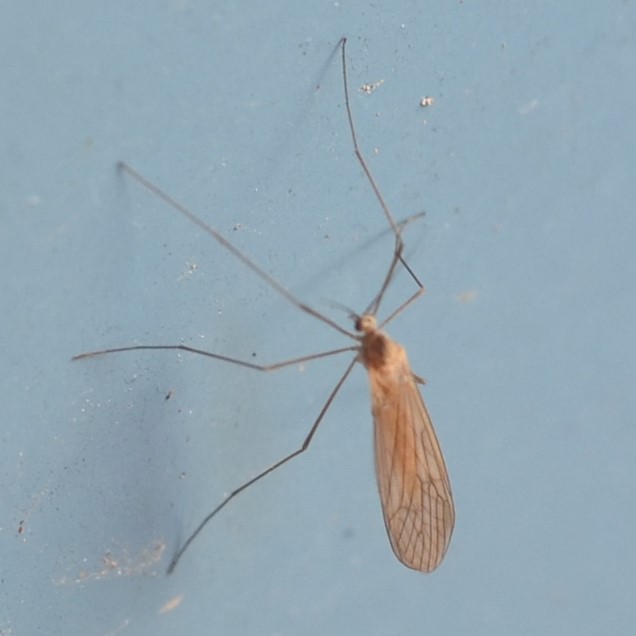
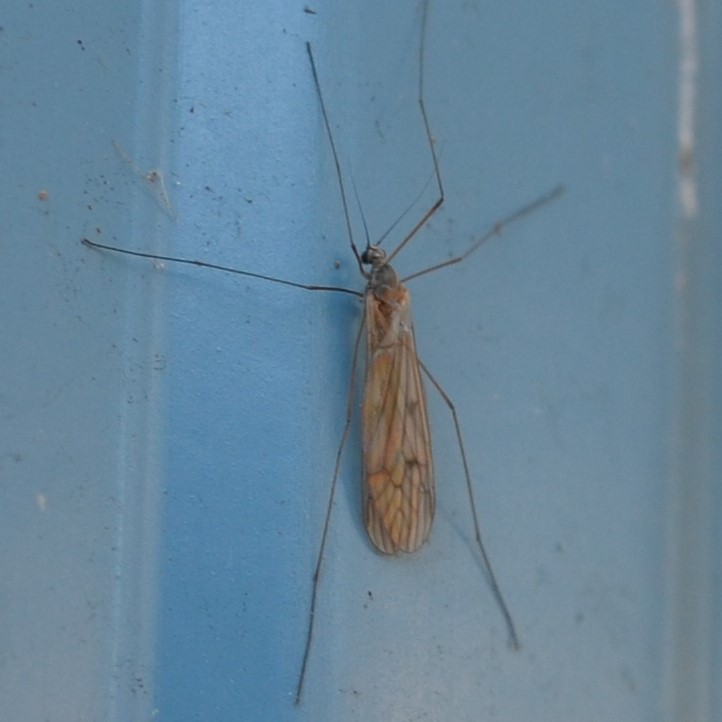
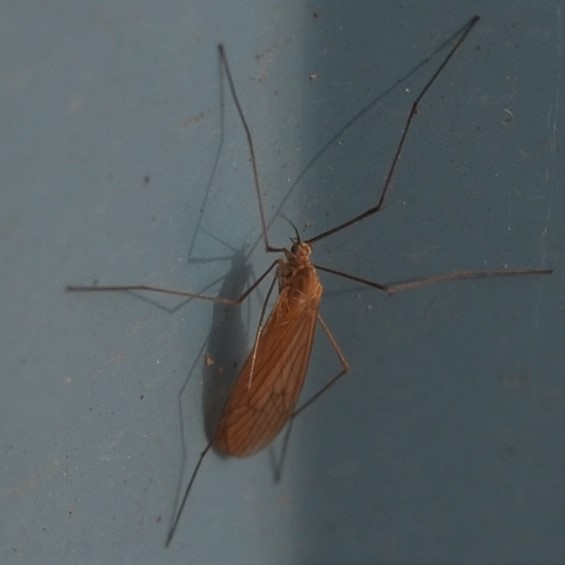

I still don't know if this is possibly the Pupa of a Hover Fly. Here are a couple of pictures of one of the Larvae I saw earlier. Number 3 somewhat resembles the putative pupa.
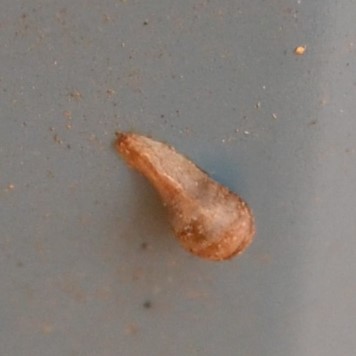
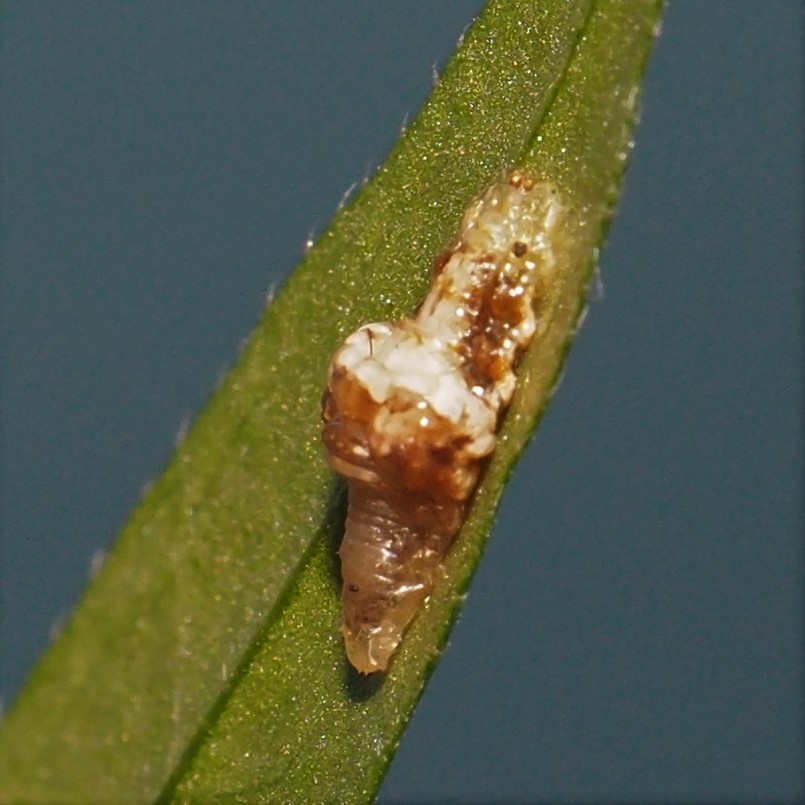
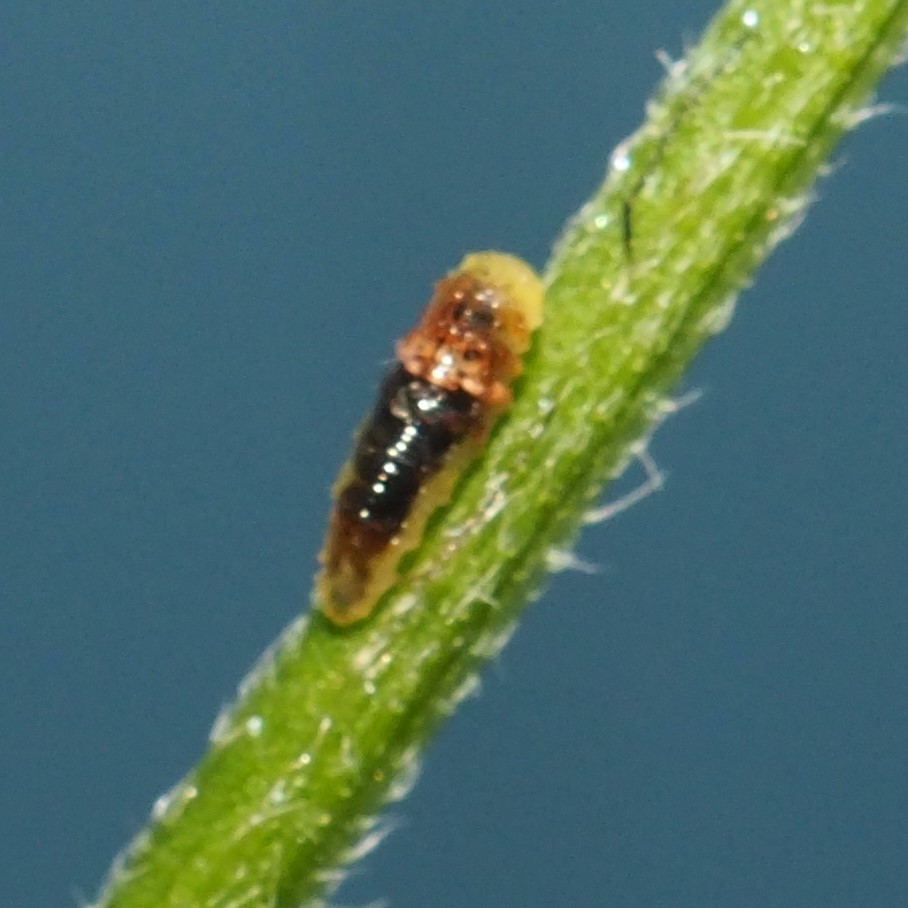
Just a few more Mystery Flies. This first one may be the smallest one I've seen in a long time. The others are, well, Mysteries.
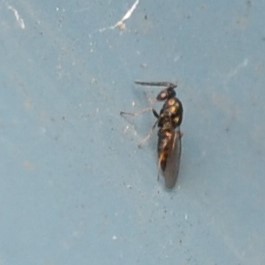
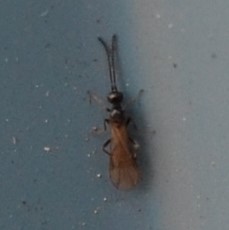
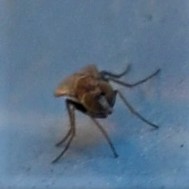
The Harvestmen are having a good week on the Wall of Fame.

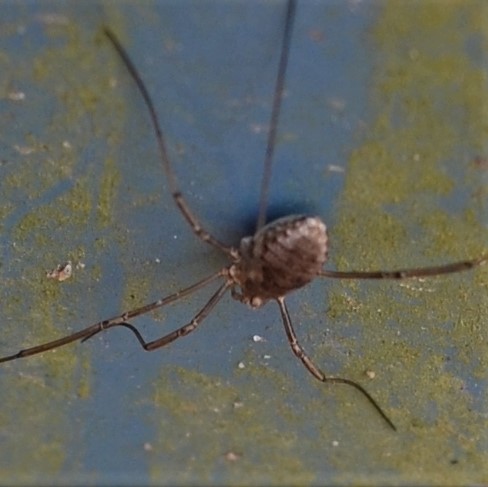
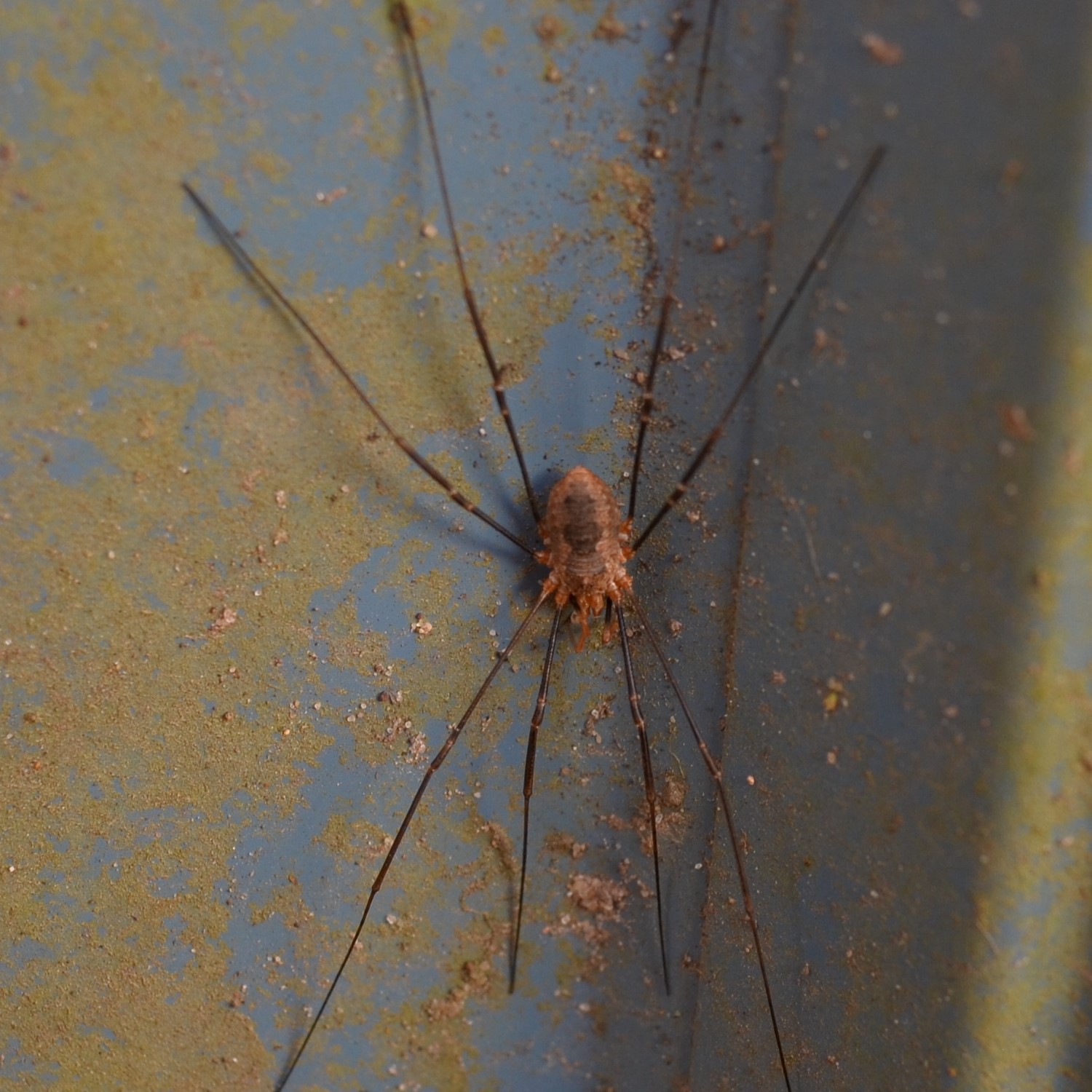
Here again is that Brown Lacewing, whose name I now know, thanks to a fellow named @grigorenko, is Micromus posticus. It's followed by a Moth that may be one of the Pug Moths, though I couldn't find one that matched exactly. Third is an interesting unknown.
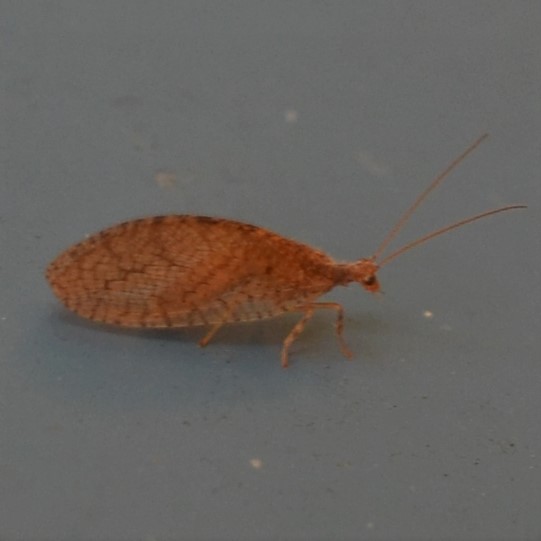
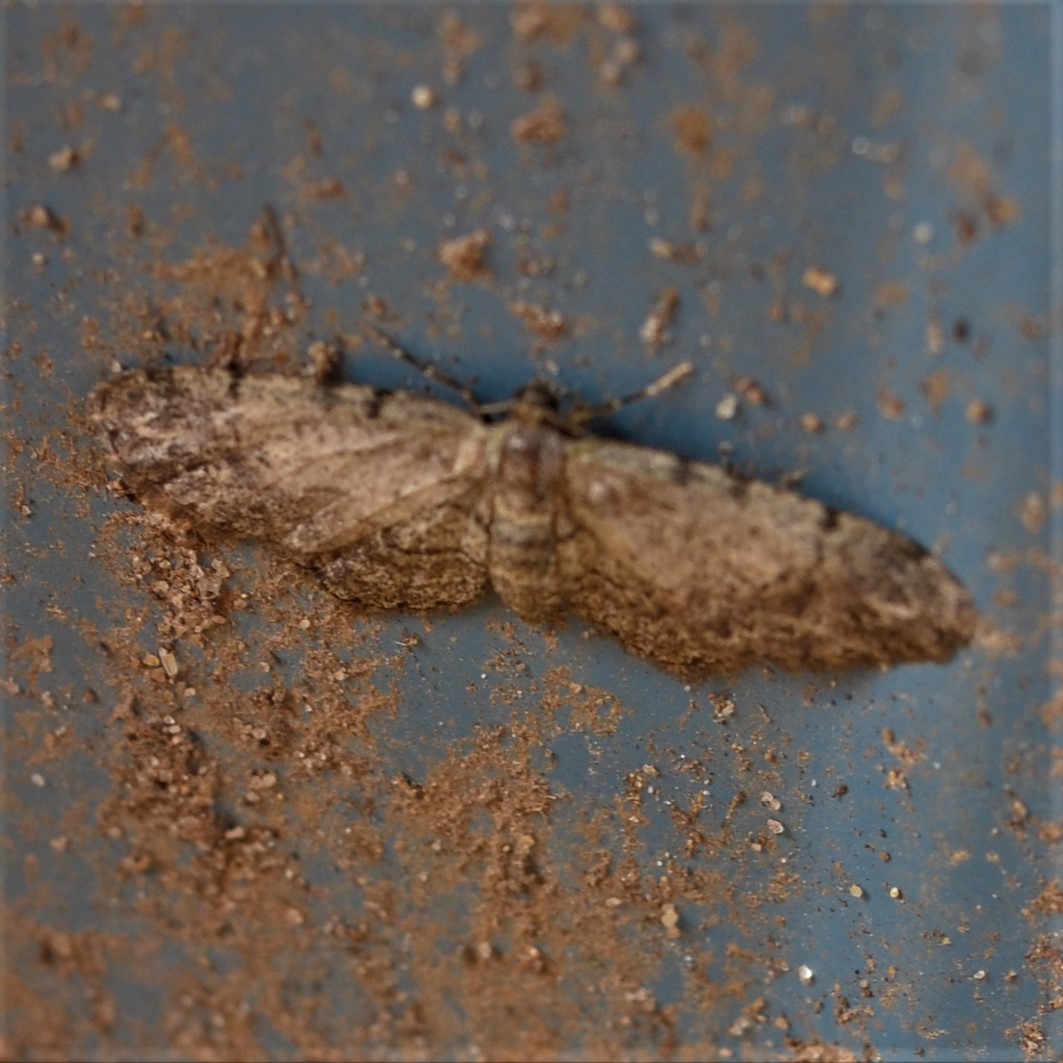
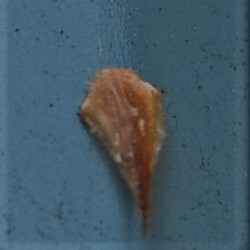
Now to the Spiders. First is a Common House Spider; Second is a Cobweb Spider that seems to have caught a lovely Beetle as prey. Third seems to be a Grass Spider. This surely is the time of year in which Grass Spiders are quite large.
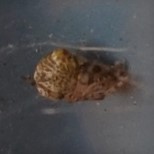
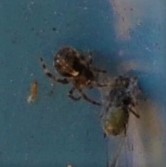
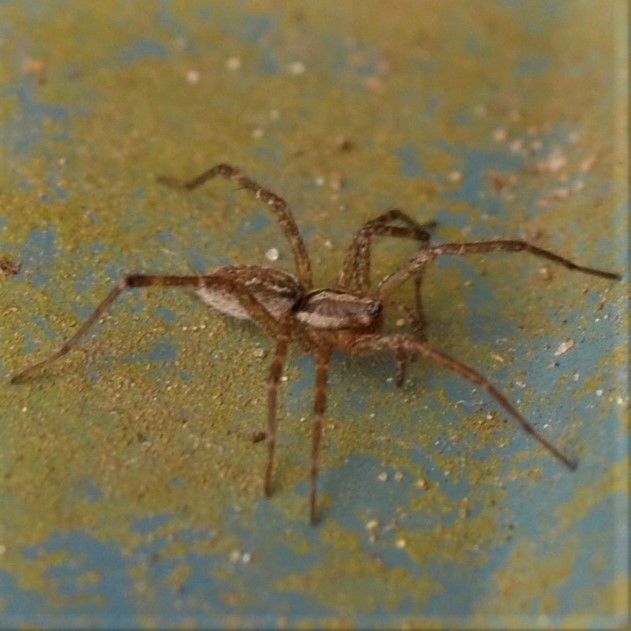
Here is a large Crab Spider that seems to be of genus Bassaniana, going by what seems to be a heart-shaped Carapace (top of head segment). The next one is another large Spider whose long floppy-looking legs are what gives it the name of a Thin-legged Wolf Spider. Third seems to be another Thin-legged Wolf Spider but a bit different from Number 2. For one thing, its abdomen is almost spherical.
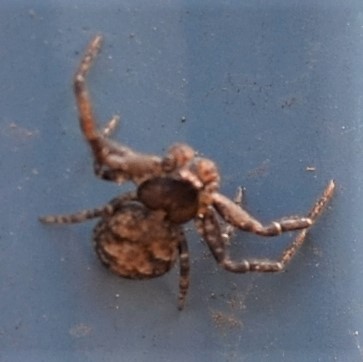
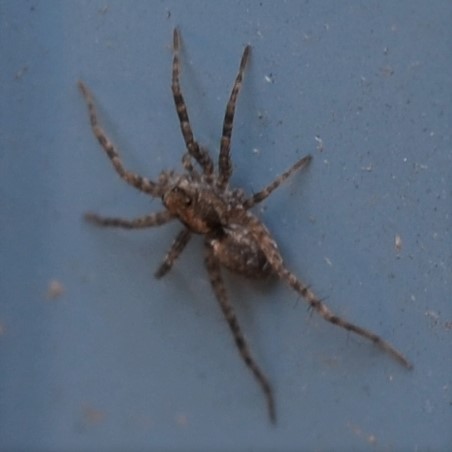
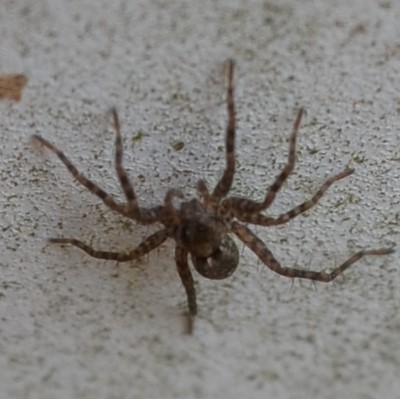
Another picture from Mary-Ann Cateforis in the North Country: a Mystery Moth and one of the Green Bees on an "Apricot Daisy" Mum.
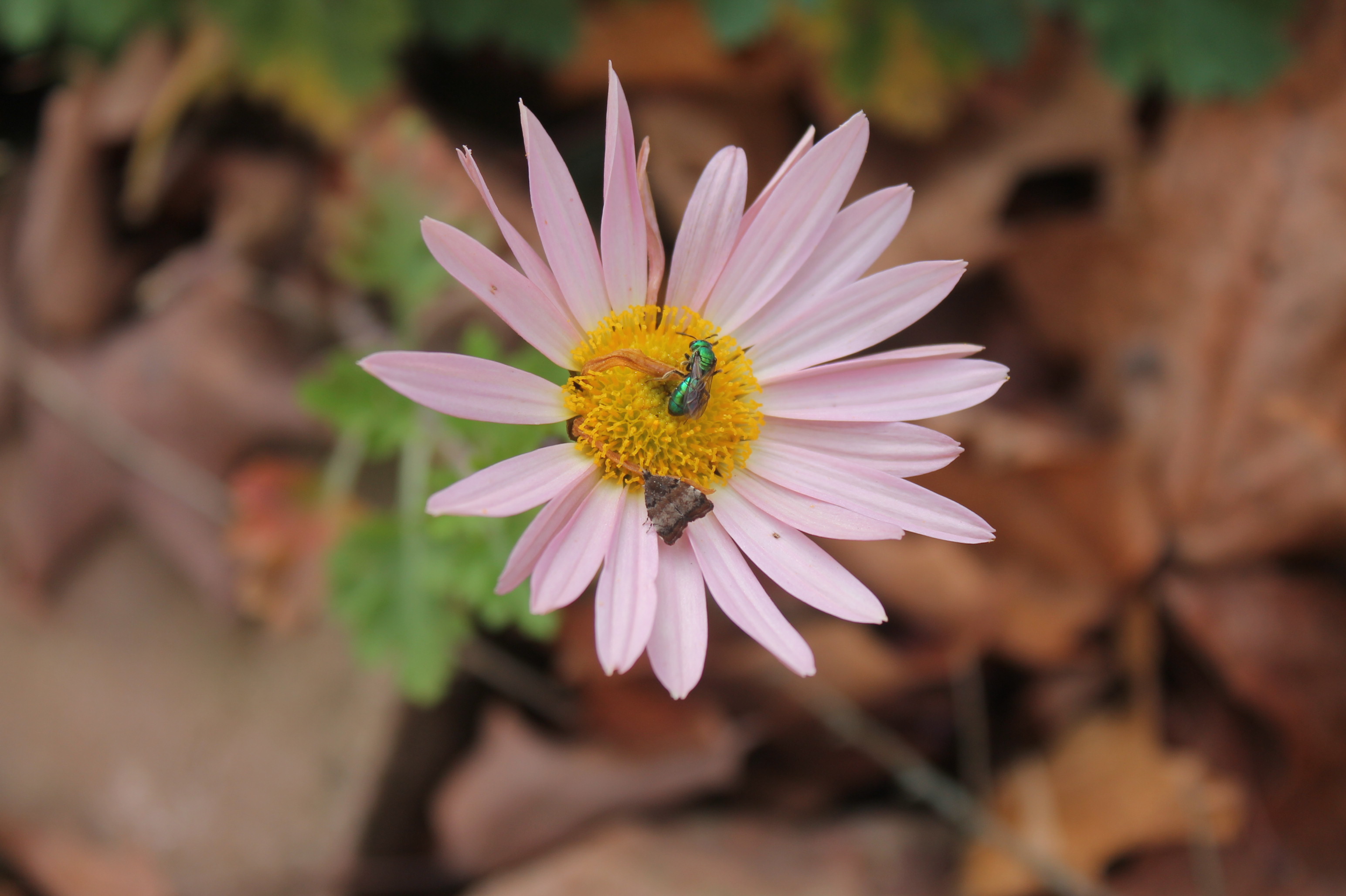
And one more Fishy picture. If you click on the picture to enlarge it and then click to the lower right of the Mom fish (the blue one just a bit above the center of the picture), you'll see the little fish I've been calling Pinky. The white flecks are the flakes of fish food.
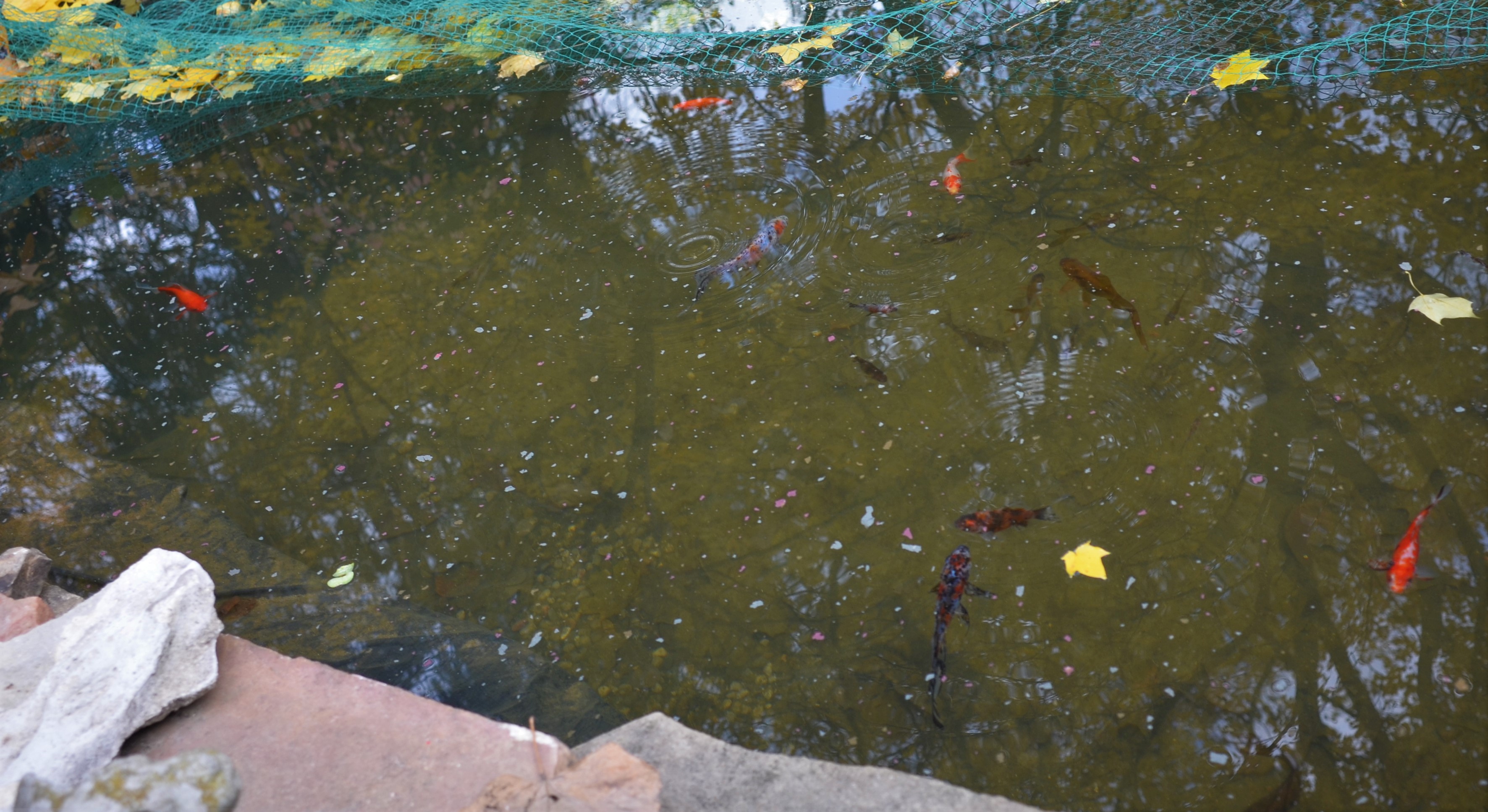
Another week has gone by. Oh My, how much more complex can it get? I know the Virus is becoming more spread out. I keep telling myself how much I have loved my life (mostly because of friends like you), and try to do as logical as possible things so that it will go on a bit. On the other hand, a vaccine seems to be testing well and I hope that the people who really need it can get it soon. So we need our president to get access to what he needs in order to do what needs to be done here. I almost typed "he/she" there. Stay logical! And stay in love with life.
Love, Martha
Back to November 8, 2020
Forward to November 22, 2020
Back to main menu
copyright Martha O'Kennon 2020


























































